Winter was extremely brutal this year: between awful cold, the endless pandemic and it's economic devastation and an attempted insurrection in my country, life looks grim. Luckily, nature always reminds us that this too shall pass.

Euphorbia schinzii, a winter-flowering succulent that is traditionally planted on graves in my country and our true death toll is coming close a quarter of a million
Overnight temperatures reached lows that we last experienced 10 years ago, when it snowed and we went down to -4C one night, with a couple of nights in minus territory. I brought most of the plants in posts indoors and covered what I couldn't so I didn't lose too many. Although the kalanchoes got hammered, they will probably start growing again.
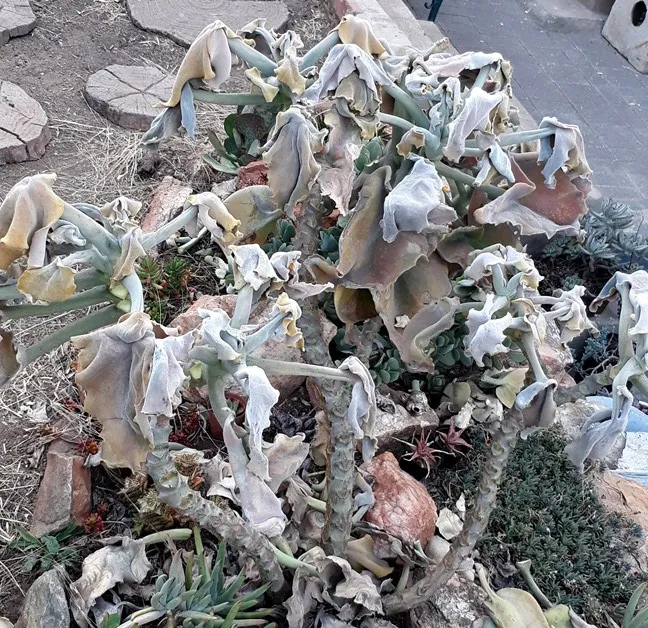
Now is pruning and cleaning time, as the plants get going. The Clivia is budding, always a good sign:
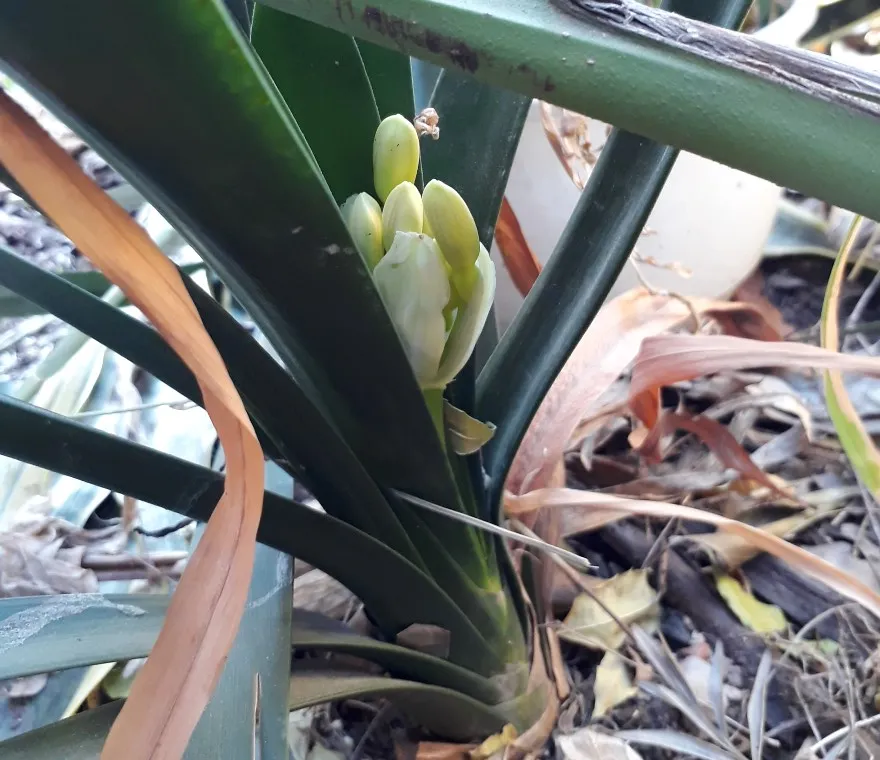
I'm not one for cleaning up fallen leaves, I leave them in the beds as mulch and encouragement for the insect population
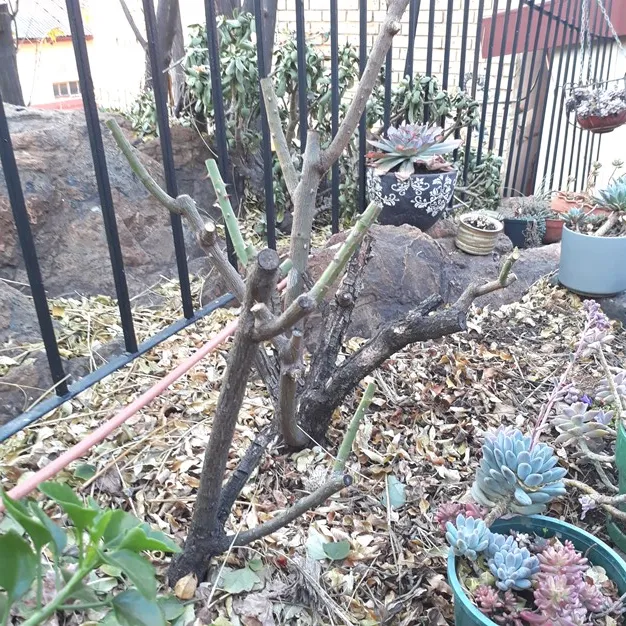
The roses have been hard-pruned, as soon as the worst cold had passed, so that they don't put all their energy into growing in parts that are going to be cut. Although I'm mainly a succulent grower, the roses were here when I bought the house, survivors of poor planning and neglect and I let them be. They were a prime example of somebody making a tiny garden bed and going off to the nursery and buying a whole lot of tiny plants and putting them in, with no regard to the needs or eventual size of the plants and then to top it all, badly neglected by a later owner for over 10 years so the roses and a viburnum were totally smothered by a giant honeysuckle. I took the honeysuckle out because I'm unfortunately very allergic and the bush half killed me in spring. The Viburnum got moved and the roses rehabilitated over years. They have done well and flower enthusiastically since. I have done a couple of brutal bonsai treatments to various trees and shrubs and to my surprise, they have made the transition. What I did to those plants was the kind of thing that deserves a special place in gardener hell but I've learned about resilience. They do take a while, but they recover.
Another victim. This little black cherry was growing too close to the awful Belhambra giant and the roots were intertwined with those of the belhambra and it was being pushed sideways. This pic was taken about 5 and a half years ago
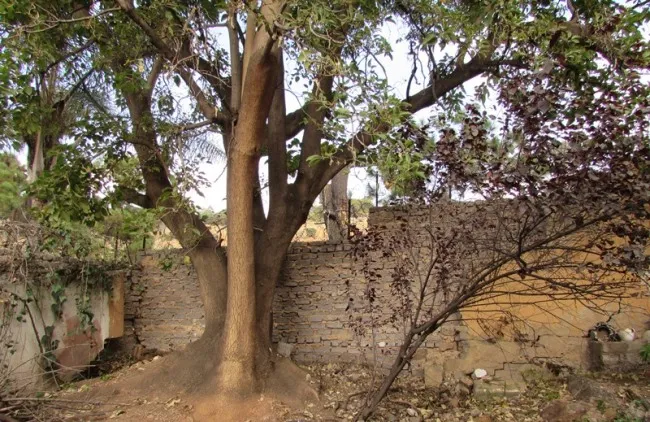
Once the belhambra was finally gone, I couldn't get the cherry out with any kind of intact root system but there were a bunch of branched shoots that had some roots because we'd thrown a lot of garden waste there, which had an air-layering effect on the tree. I removed the main stem and roots and planted the shoots just before winter and kept watering it throughout winter. Not a good time to move a tree, it's best to do at the end of winter but it couldn't be helped and this sad mess was the result
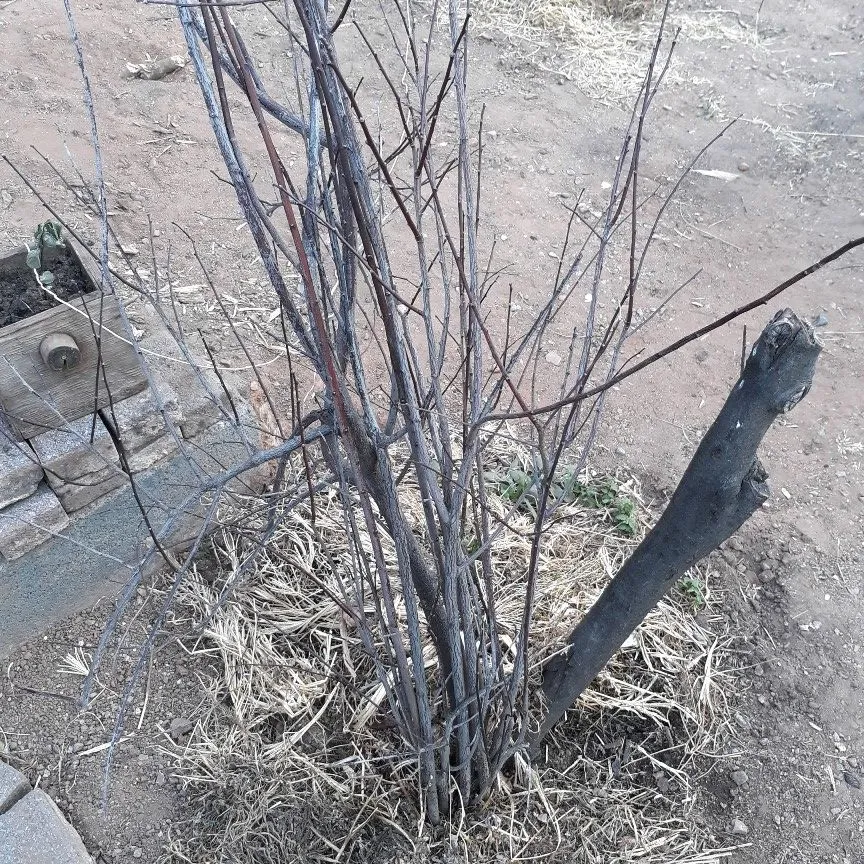
I looked at it a few days ago and pruned everything that had died leaving only this
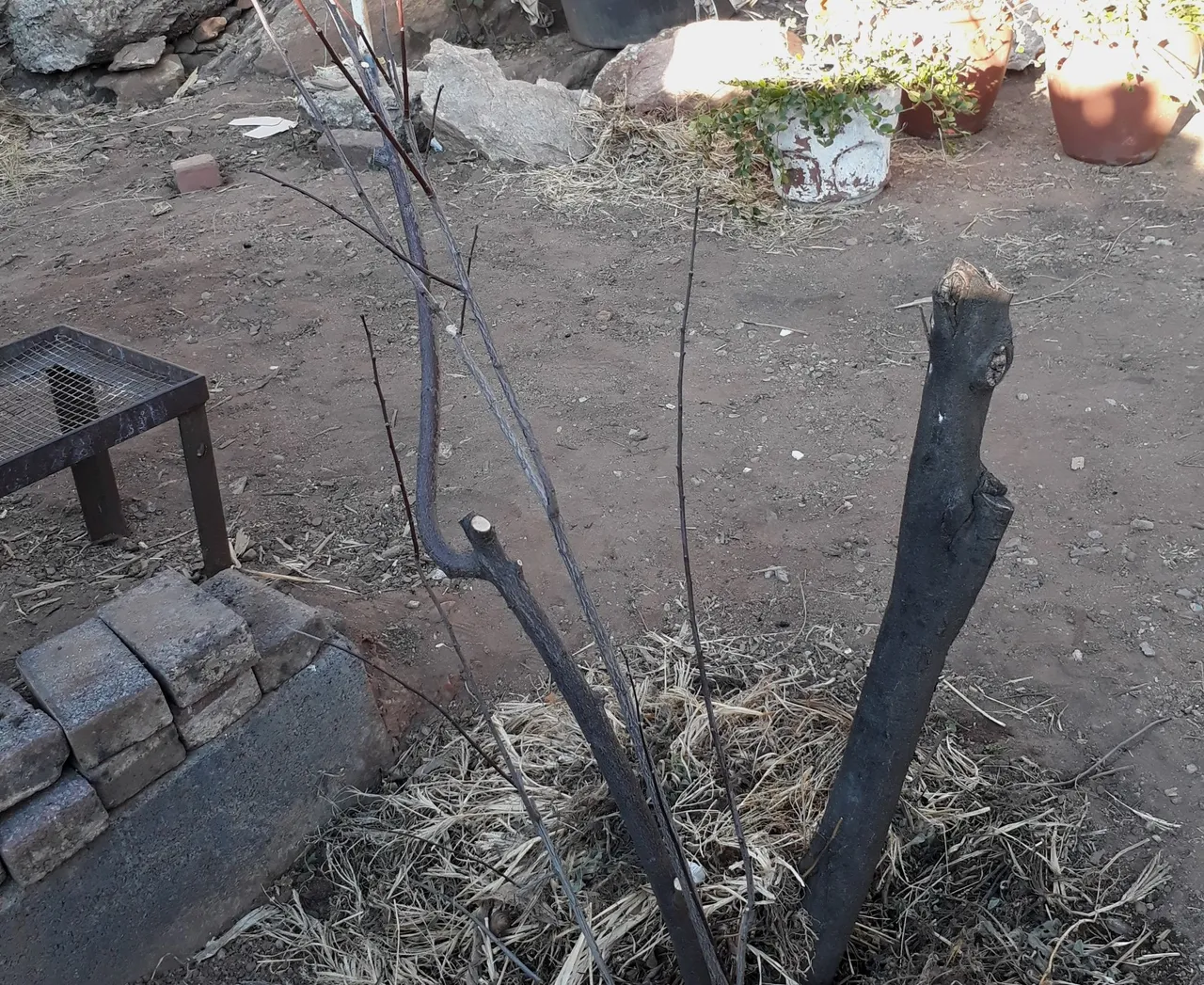
This morning, it looks like there are buds forming. I'll be amazed if it survived and while I don't recommend trying this at home, it shows just how resilient some plants are. It will take some time to recover but it's a mature tree, meaning that it already flowers and bears fruit so I may even train it as a bush.
My other nursery survivors I showed last month are doing well and I'm trying to establish Dymondia as a groundcover instead of grass. I love the idea of a flowering, no-mow lawn. These are tough indigenous plants and they should be up to the task of surviving in my hot sunny yard.
These are my spring projects, for this month's #gardenjournal challenge. I'll update as they progress.
@mipiano and @ludmila.kyriakou why not take a look @riverflows/garden-journal-challenge-august--win-up-to-30-hive and try this next month
